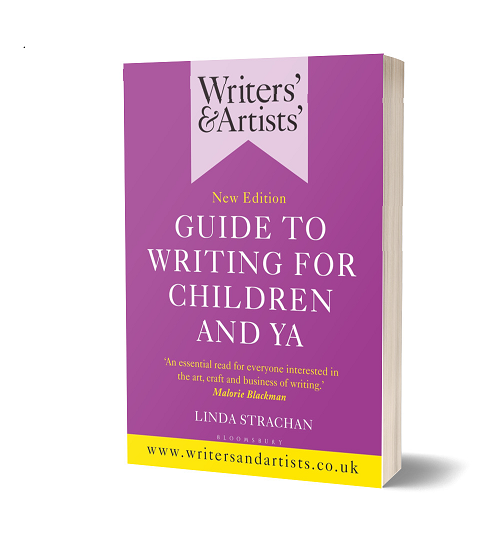Linda Strachan encourages you to consider the six Cs of your story...

1. Conflict. At the simplest level this could be different answers to a question, ideally posed at the beginning. You may have conflict between your characters either because of their personalities or what they want from a situation. At times the conflict could even lie in the environment: your characters might be confronted with bad weather which stops them from reaching their goal, or perhaps the weather brings out the best or worst traits in the characters causing conflict between them, or they might have a struggle to survive desperate conditions.
2. Completeness. A story needs to be complete. The reader wants to feel that the story has reached a reasonable end, even if it is not exactly what they might have wanted to happen. And all your subplots should be resolved by the end. There is no point introducing a storyline that trails off in the middle or one that does nothing to further the story or enhance the reader’s understanding of the characters. In a picture book, the story would often come full circle with a resolution to the problem or situation set at the beginning.
3. Correct (appropriate). Is your story appropriate for your intended readership? There is no point offering a story about teenage pregnancy to a seven year-old, as it is outside their area of interest; a picture book that suggests small children do something that is dangerous would be a similarly poor idea. Publishers, teachers, parents and librarians are the gatekeepers here and if you want your book to be published and bought, these are the people who will decide whether it is appropriate. There are many understandable reasons why a book might be rejected, and some of them will be covered elsewhere in this book. A word of caution, however; there is no point railing against what you see as unfair; in this case the buyer is always right. Your choice is whether you want it published and sold to the public, or not.
4. Contemporary. Is your story up to date? Are the characters real in today’s world? Or if the book is set in the past, are they totally immersed in that historical setting? If your story is modern, do be careful with jargon or slang. What might sound right in a certain inner-city environment might be unintelligible to readers elsewhere. It is fine to use the odd word or two, but be aware of falling into the trap of trying to be too ‘cool’. A word or phrase that is current slang might be well out of date before the book comes out or within a year or so. It is important to give a feel for the culture and time your book is set in, but remember your book needs to be as time-proof as possible if it is to have a long (literal and metaphorical) shelf life.
5. Creativity. Make sure your story is original. Even a familiar story or idea can be told in an original and interesting way to move it from the obvious and make it exciting for the reader. There is so much competition out there that you need to make your book stand out.
6. Capability (understanding). Think about the target age level for your story. Are your characters slightly older (but not too much older) than your reader? Is the way the story is told appropriate for the age of the reader, in simplicity or complexity of plot, as well as language? Is the subject matter consistently right for that age of child, throughout the story or series?
The Writers' & Artists' Guide to Writing for Children & YA by Linda Strachan, is available to purchase now.
Comments